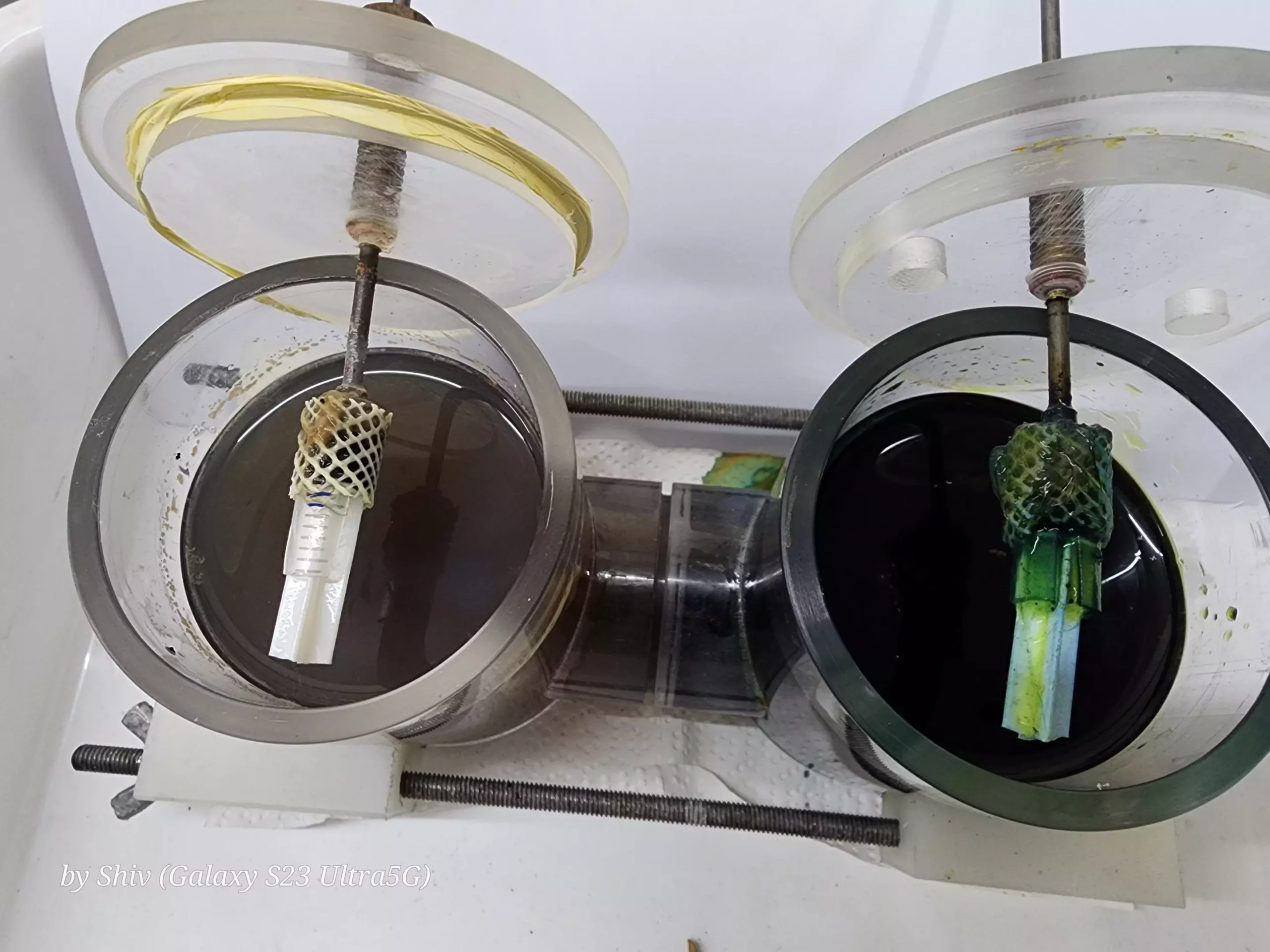In the quest for sustainable energy solutions, it is paramount to rethink how we approach waste management and power generation. Rather than viewing waste as a burden, what if we treated it as a resource? This paradigm shift brings us to the innovative realm of microbial fuel cells (MFCs), where the metabolism of microorganisms can be harnessed to produce electricity. A recent study published in the *Chemical Engineering Journal* delves deeper into the world of MFCs, specifically focusing on a newly engineered type of electrode that shows great promise for both energy generation and wastewater treatment.
At their core, microbial fuel cells are bioelectrochemical systems that convert organic matter into electrical energy through biochemical processes facilitated by bacteria. These microorganisms thrive in environments like wastewater, where they can break down pollutants while simultaneously generating power. The intricate dance between bacteria and electrochemical reactions enables MFCs to offer a dual solution to one of our planet’s pressing issues: the need for clean energy and effective waste treatment.
The latest advancements in MFC technology utilize innovative materials, such as spherical capacitive NiO-N-CNF/ACB electrodes. The introduction of these electrodes marks a significant leap forward in MFC performance, unleashing their true potential.
Game-Changing Technology: NiO-N-CNF/ACB Electrodes
The recent study highlights the incorporation of these specialized electrodes, revealing exceptional results in power generation metrics. With an open-circuit potential (OCP) reaching 0.8 V and a staggering power density of 2,900 mW per cubic meter, we can see how efficiently these bacteria operate when combined with the right materials. What propels these electrodes to success is their extraordinary interaction with wastewater, which promotes the development of a dense biofilm containing electroactive bacteria. Essentially, the thicker the biofilm, the more efficient electricity generation becomes, akin to stacking multiple batteries to increase overall output.
The remarkable capabilities of NiO-N-CNF/ACB electrodes can be attributed to their inherent properties and the innovative manufacturing process known as suspension polymerization. This technique maximizes their surface area, creating more catalytic sites for bacteria, resulting in improved electron transfer – a key factor in energy generation.
Environmental Efficiency and Energy Cost Savings
This advancement in technology has notable environmental implications. Traditionally, wastewater treatment plants require significant energy to process sewage efficiently. However, by implementing capacitive MFCs, energy consumption can be drastically reduced. The study reports a noteworthy 74% reduction in chemical oxygen demand (COD) – a critical indicator of organic matter levels in wastewater, thus illustrating their potential to purify effluents significantly.
The dual advantage of MFCs lies in their capability not only to produce electricity but also to facilitate efficient waste management, leading to cleaner waterways and healthier ecosystems.
Critical to this process is the bacterial biofilm that forms on the electrodes. The study identifies key bacteria, such as *Raoultella ornithinolytica* and *Serratia marcescens*, which are instrumental in this biofilm’s development. By enhancing the microbial community and establishing an electrochemical double layer on the electrode surfaces, these bacteria effectively capture electrons and facilitate wastewater treatment. Particularly, *Pseudomonas aeruginosa* plays a role in speeding up this electron transportation, increasing the overall efficiency of the MFC system.
A Vision for the Future
The exploration of these NiO-N-CNF/ACB electrodes is just the beginning. Looking ahead, the researchers envision a shift in how we approach energy solutions. Imagine wastewater treatment facilities that not only clean our water but also become self-sustaining energy generators. This transformative vision could redefine our relationship with waste, allowing it to be recognized not as a problem but as a source of renewable energy.
Efforts to refine and enhance MFC technologies will continue, introducing further innovations that expand capabilities and optimize energy conversion efficiencies. As we collectively strive towards a more sustainable and energy-efficient future, solutions like microbial fuel cells offer a compelling avenue for harnessing nature’s ingenuity to address human challenges.
The investigation into microbial fuel cells and advancements such as the NiO-N-CNF/ACB electrodes underscore a promising shift in the way we think about waste and energy. By transforming conventional perspectives into resource-oriented thinking, we take significant steps toward a cleaner, more sustainable world where waste contributes to electricity generation rather than simply being discarded. The interdisciplinary work being done at the intersection of biology, technology, and environmental science presents a bright star on the horizon of sustainability.

